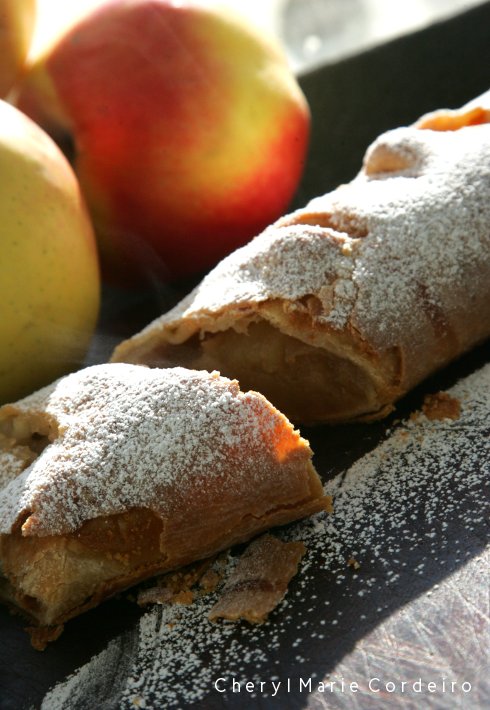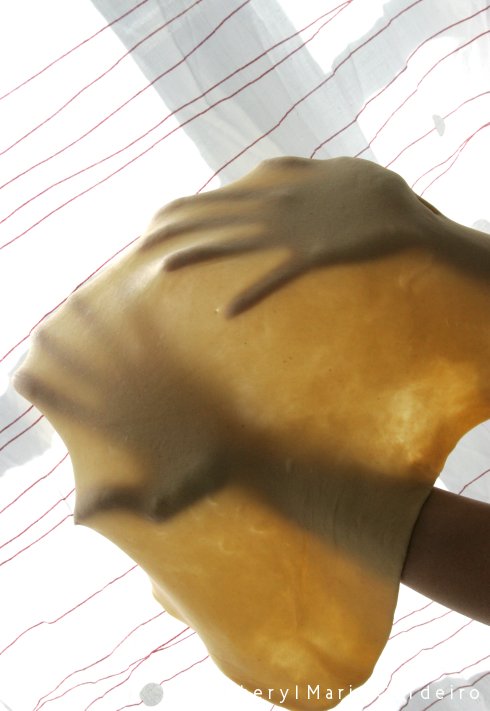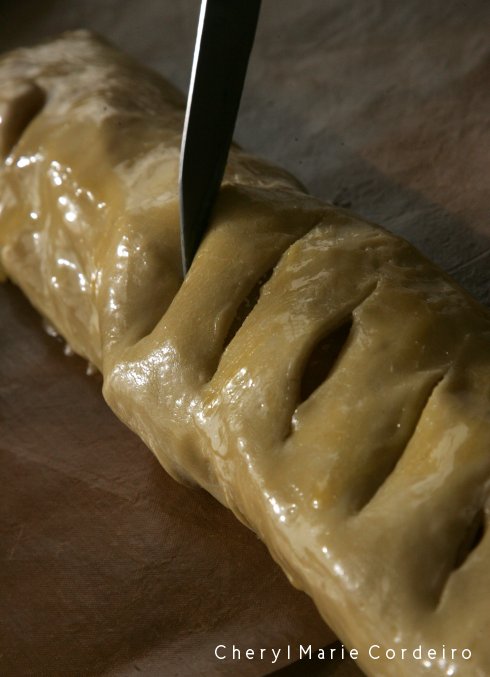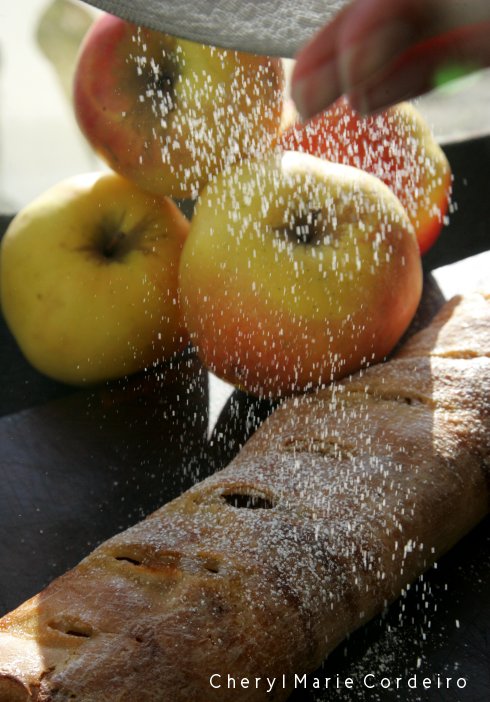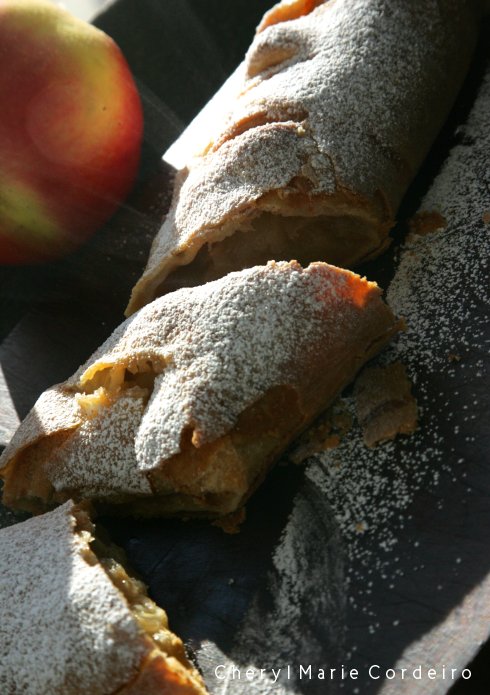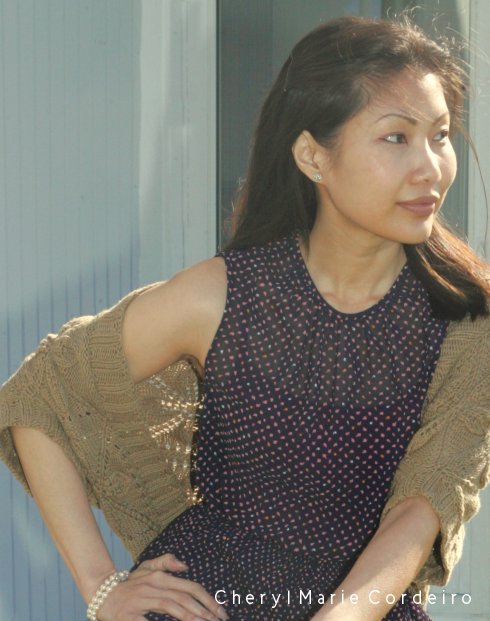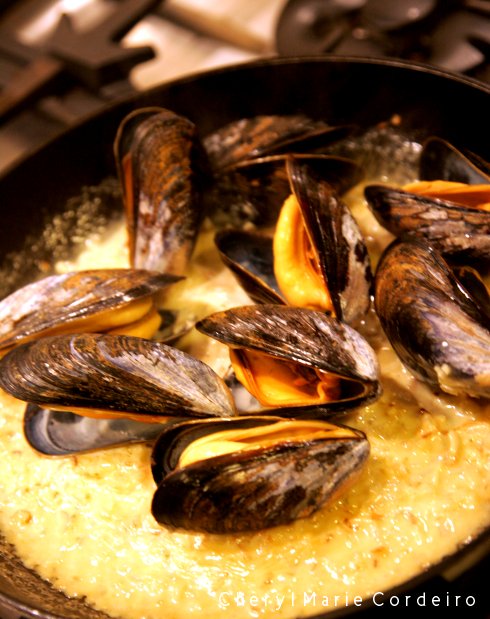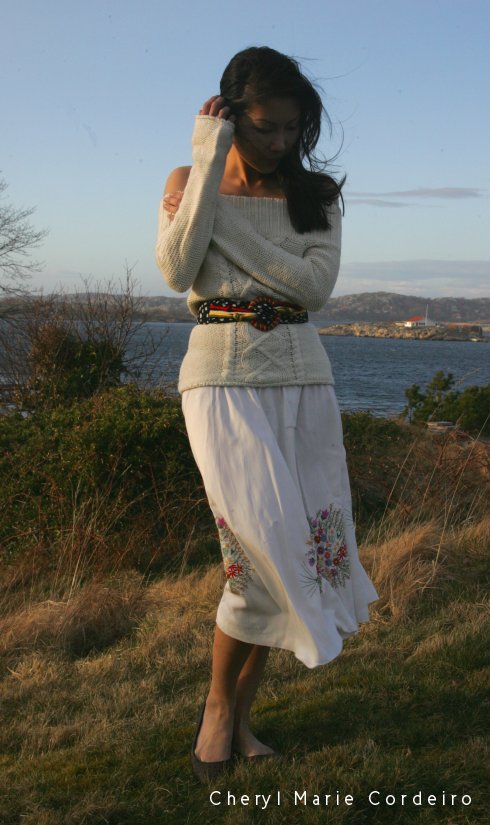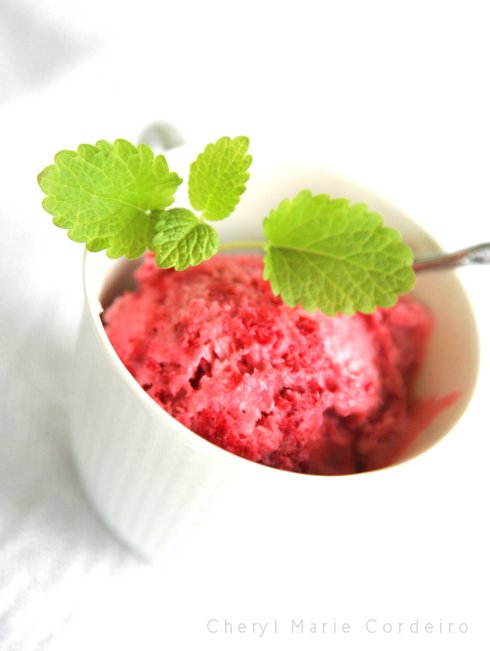
Tonight’s read: “The Work of Managers: Towards a Practice Theory of Management”, edited by Stefan Tengblad, 2012. Oxford University Press.
Text and Photo © JE Nilsson and CM Cordeiro 2012
It was Professor Sune Carlsson who first published the book Executive Behaviour in 1951 that earned him recognition as one of the founding fathers of the field of Scandinavian management studies, his perspective being that management work is more an art rather than an applied science. The compilation of articles that Stefan Tengblad has put together in this book follows through on Carlsson’s point of view where managerial work that is often thought of as rational, organized and planned that numerous theories on management behavior have thus far argued for since the mid-1900s, is really revealing itself to be a process that is much more social and serendipitous in action and solutions to problems. And while the study of management lends itself to scientific analysis, what researchers in Sweden have found is that good managerial practices develop also rather independently from management science. It is also just about here that I realize again, how useful the Swedish fika as a session can be when it comes to even managerial work practices.
There is also a point of view of an effort to move away from the use of the word “leadership” in the Swedish academic circles of management studies, since the idea of studying leadership is much like studying the ethereal – the study of leadership does not come from studying ‘leaders’ or top managers of organizations per se but rather from the variables of the surrounding context that contribute to the concept. For example, a group of middle-managers tended to attribute ‘leadership qualities’ to the person in top management who was perceived to have made good decisions for the group as a whole. And a person in top management who was trustworthy with perceived sound judgement by the group with whom s/he worked was also attributed qualities of charisma.
This book reflects generally, a Nordic perspective and a Scandinavian tradition of management research that very much includes qualitative aspects of management science grounded in narratives, organizational symbolism, mythmaking and ‘the irrational of decision-making’ where formal rationality often times limits the ability to understand organizational life and behavior.
